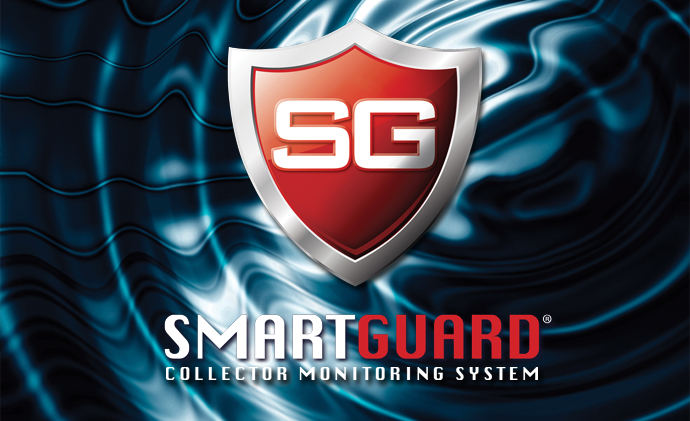-

Identifying Chain Wear
Through recent site visits, Brentwood’s Polychem Solutions Team has observed several chain and flight clarifier systems with excessively worn collector chain due to long-term exposure to heavy grit concentrations. Clarifier chain wear can be extreme in high grit conditions such as: combined sewer plants, plants without an effective grit removal system, or coastal facilities with…
-

Winter Maintenance Practices For Trickling Filters
As winter approaches and cold weather sets in, both the air and wastewater temperatures of your trickling filter can drop to the single digit area, so we want to bundle it up to prevent it from catching a “cold.” It is critical to preserve heat within the filter so the bugs are happy, healthy, and…
-

Tube Settlers Vs. Plate Settlers: Comparing Lamella Technologies
The sedimentation process in both water and wastewater treatment is a physical process which relies on gravity to settle and remove suspended solids. Advanced solids settling processes typically utilize lamella, commonly referred to as tube settlers or plate settlers, to reduce the vertical distance solids particles must fall until hitting a “settling surface”. Higher flow…
-

Trickling Filter Technology is Still Relevant
Trickling filters have been the workhorse of the biological wastewater treatment industry for over 100 years. Trickling filters have proven to efficiently remove pollutants from wastewater since their inception, earning recognition as a technology that will continue to serve the industry well into the future. History Prior to the use of structured sheet media, rock…
-

Thermoformed Vs. Extruded Tube Settlers
Tube settlers use multiple tubular channels, which are adjacent to each other and sloped at nominal 60˚ angles, to form an increased effective settling area. This configuration allows for a shorter particle setting depth, and as the tube settler channels collect solids, they form a compact mass that promotes the solids to slide down the…
-

The Evolution of Collector Monitoring Systems
The vast majority of chain and flight collectors in operation throughout the world do not have any form of monitoring system installed to protect against operational failure. Traditional safety devices consist of a shear pin sprocket device, with a limit switch, designed to protect the drive system if a load or torque exceeds the working…
-

Submerged Fixed Film Technology: ACCUFAS Vs. MBBR Vs. Fabric
We’re often asked how our AccuFAS system compares to other submerged fixed-film systems, such as MBBR and fabric media. To answer such questions, we’ve put together a summary of advantages and limitations for each technology. MBBR Moving-bed bioreactors are relatively mature in the industry, with over 600 installations worldwide. Because of the wealth of information…
-

SEDVAC Sediment Dredge System Flow Rate
We often are asked about SedVac’s discharge flow rate during the course of working with consultants and operators on the sludge removal equipment selection for water treatment plants. SedVac’s flow rate is typically between 200-300 gpm when the sludge valve is opened. The total for the entire day would be calculated by the number of…
-

Removing Ammonia In Drinking Water With Brentwood ACCUFAS
What is Ammonia? Ammonia is a naturally occurring compound found in some chemical products, fertilizers, and as a byproduct of the degradation of organic materials such as manure and urine. Its high solubility means that it cannot be easily settled out of a freshwater source. Ammonia is not typically found in freshwater drinking sources, but…
-

Rectangular Vs. Circular Clarifiers: Which Is Better?
Both rectangular and circular configurations have been commonly used in clarifier basins. The relative merits of the two have been discussed at length for decades. Historically, the selection of rectangular versus circular clarifiers has been based on past experience and the preference of the design engineer or design company. Initial wastewater treatment plant designs in…
-

Not All Sprockets Are The Same
In rectangular clarifiers, straight-line sludge collector mechanisms have in-tank sprocket gears that are mounted on shafting to transmit torque from the drive unit and help keep the chain and flight system in motion. There is a common misconception that all sprockets are the same, simply because they have the same number of teeth and run…
-

Key Indicators of Tube Settler Strength Module Design and Construction
There is a common misconception about tube settlers that thicker material, whether it’s thermoformed or extruded, yields a stronger, more structurally capable module. On the surface, this seems like a reasonable assumption. However, when we look at the details of module design and construction, we see that this is not always true. Module Design Brentwood…
-

Comparing Sludge Removal Systems for Water Treatment Plants
Due to limited clearance and accessibility, effective removal of settled sludge beneath tube settlers has long been a challenge for plant owners and design engineers. They needed a sludge removal solution with a low-profile design that would offer flexibility during operation and maintenance. In 2012, Brentwood introduced a new sludge removal system to fill those…
-

Can Trickling Filters Be Used In A BNR Process?
Nitrogen and phosphorus are nutrients in a wastewater treatment system. A Biological Nutrient Removal (BNR) process removes either portions of the influent total nitrogen through denitrification or portions of the influent phosphorus through anaerobic selection or both. In a BNR process, ammonia is ultimately converted to nitrogen gas, not just nitrate or nitrite. If you…



